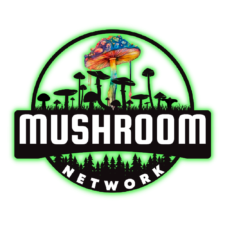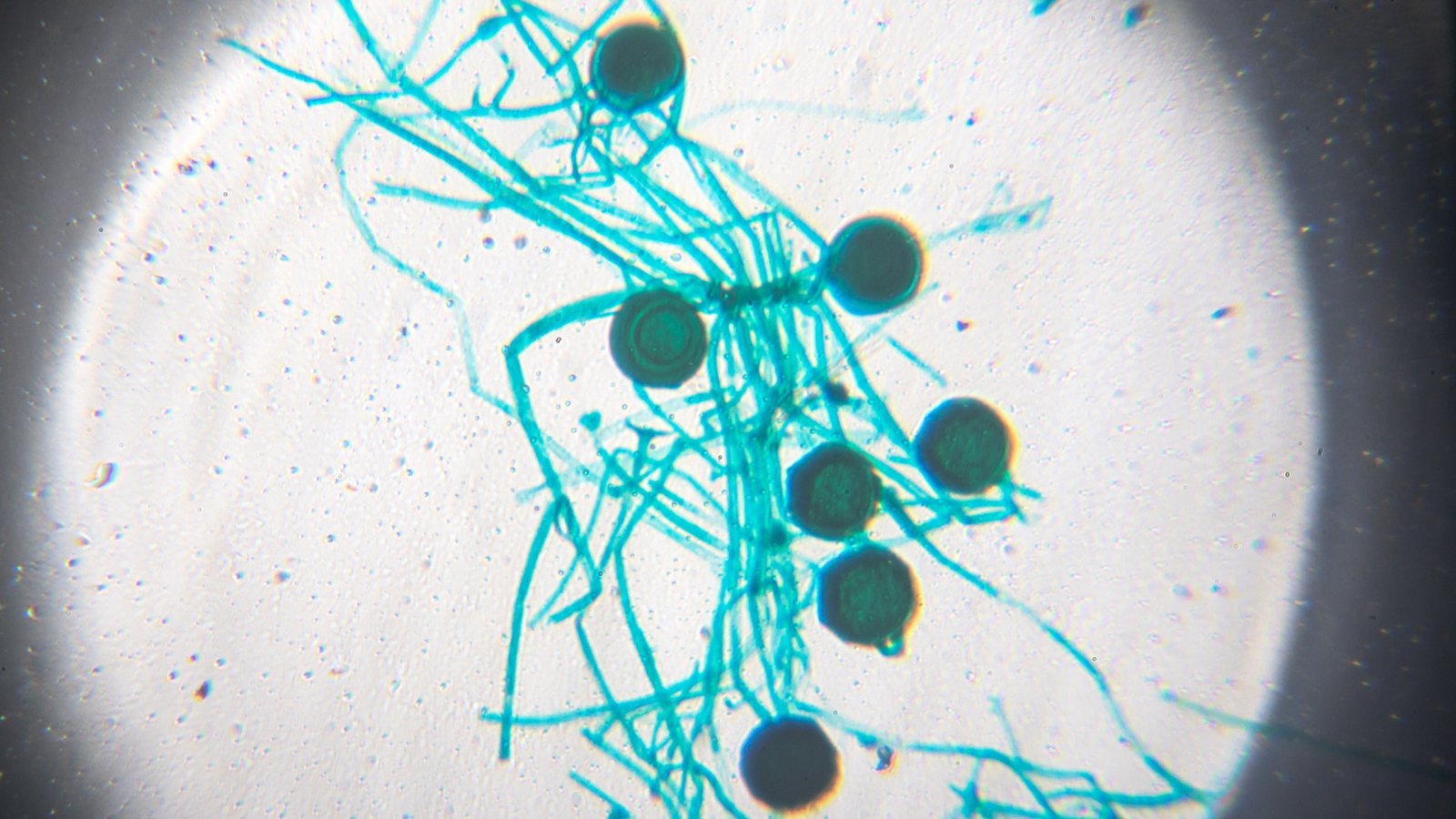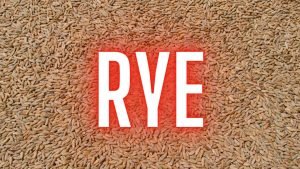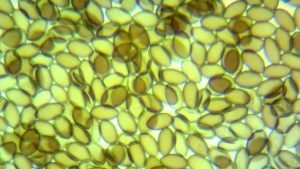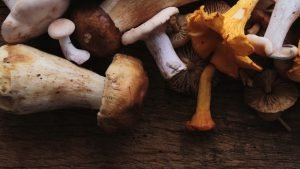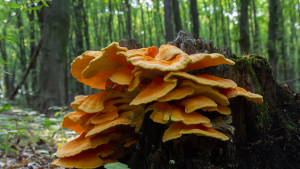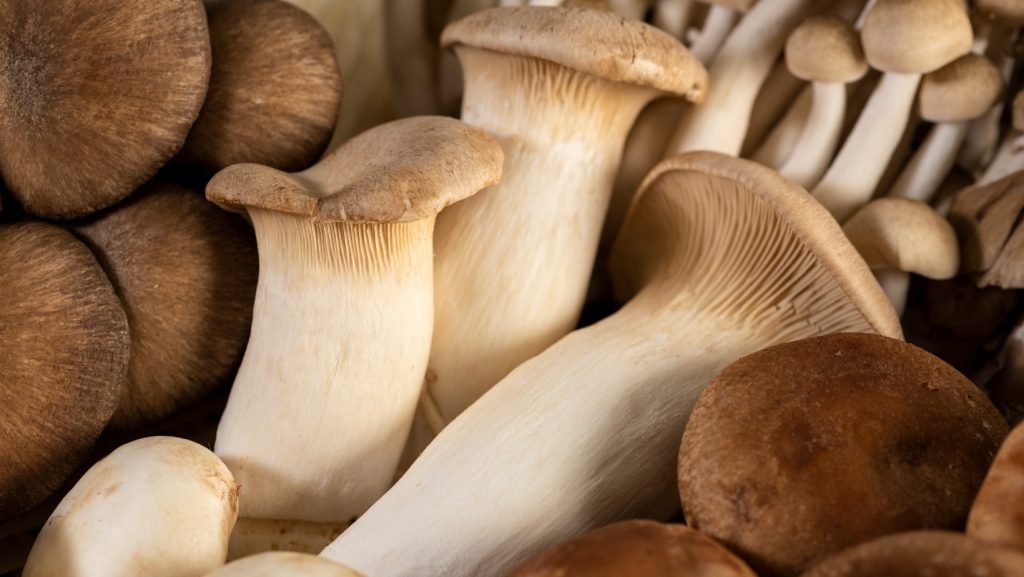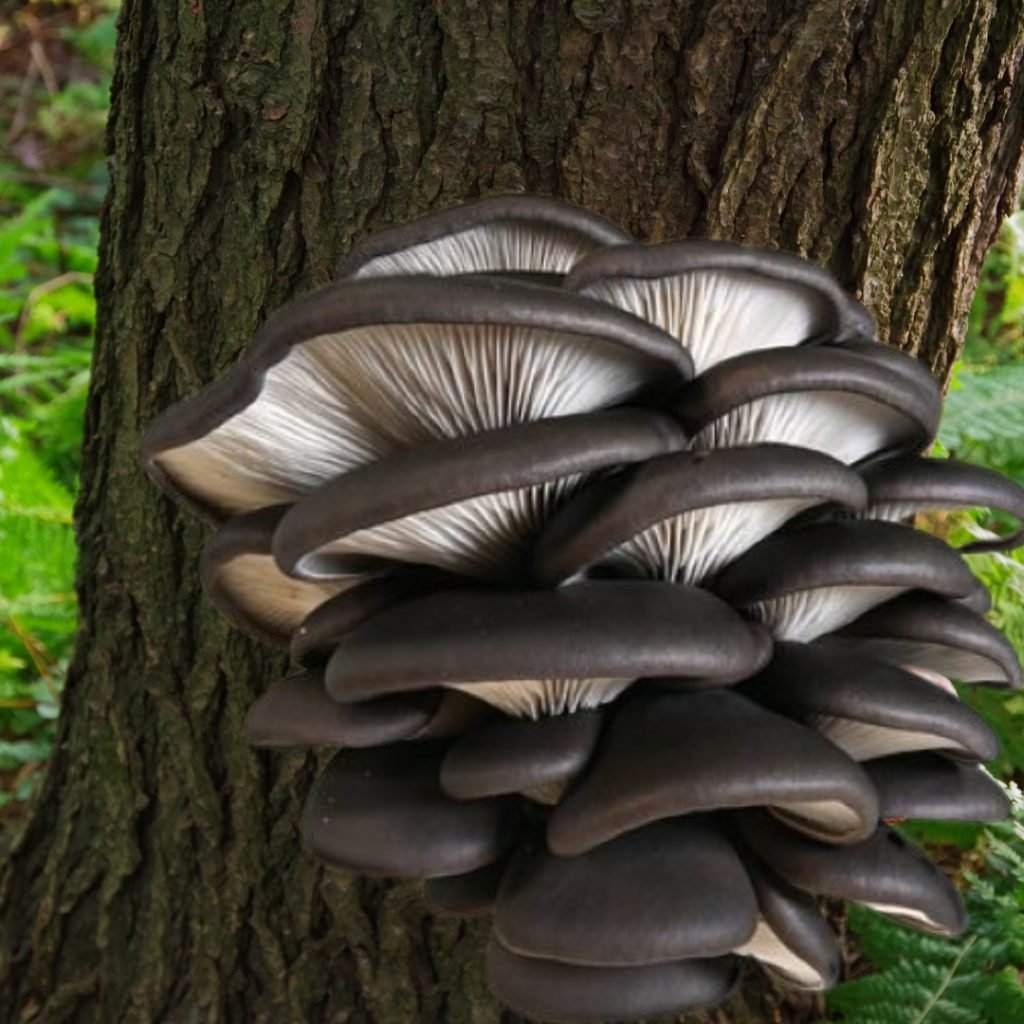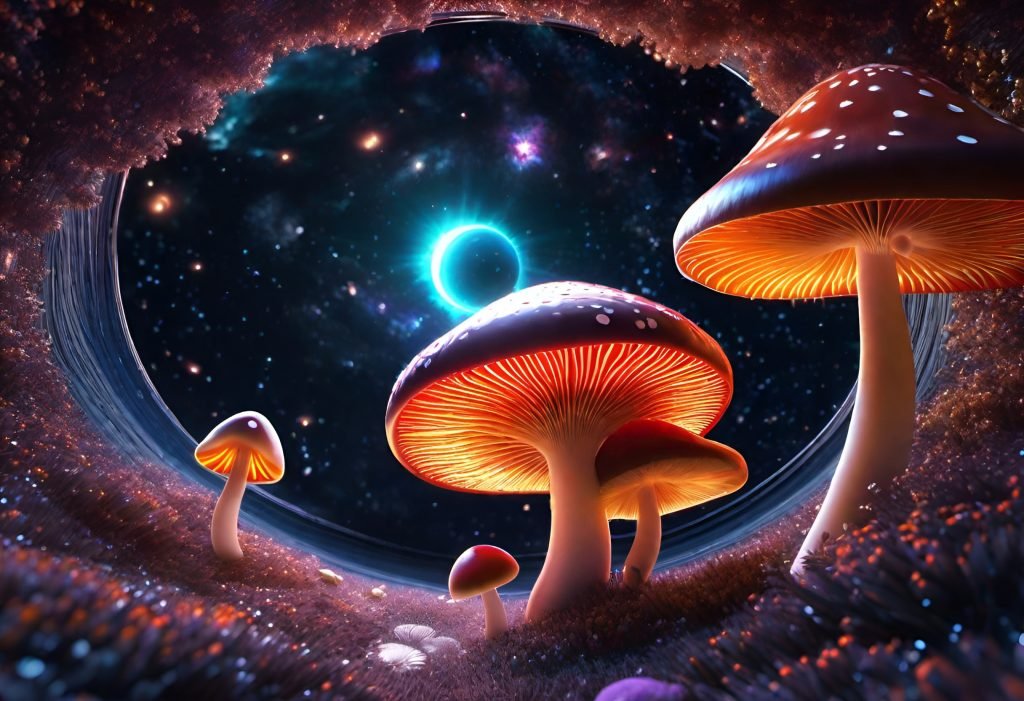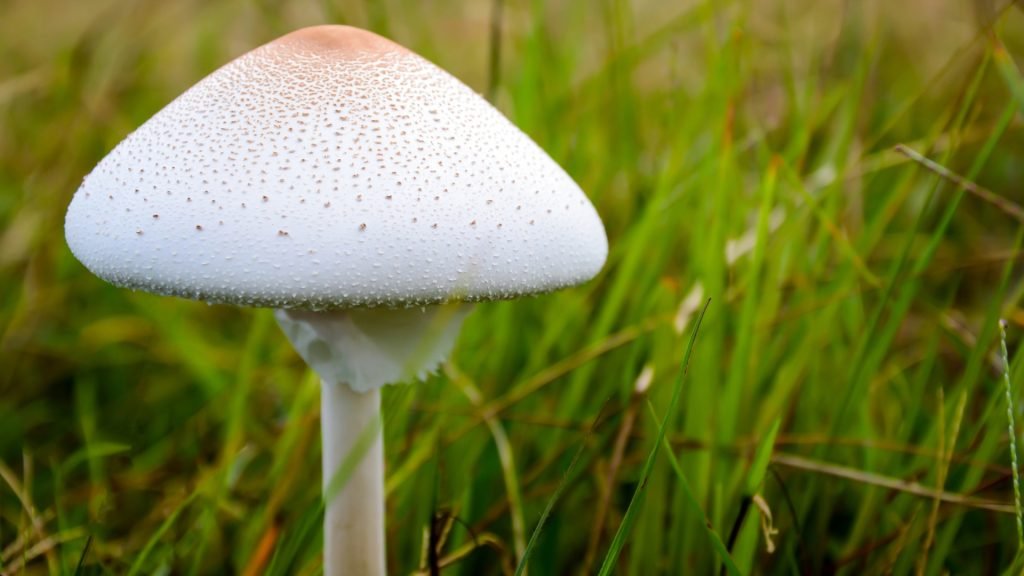In the intricate world of mycology, maintaining purity in fungal cultures is paramount. Beyond the visible realm, a plethora of contaminants lies in wait. To counter these unseen adversaries, advanced techniques in contaminant detection are being employed, elevating the precision and understanding of fungal samples.
Deeper Insight:
The silent threat of contamination can make or break a mycological experiment. Even the most sterile environments are occasionally invaded by rogue spores or microscopic invaders. But with the evolution of science, sophisticated methods are now available to detect, identify, and manage these contaminants before they become a significant issue.
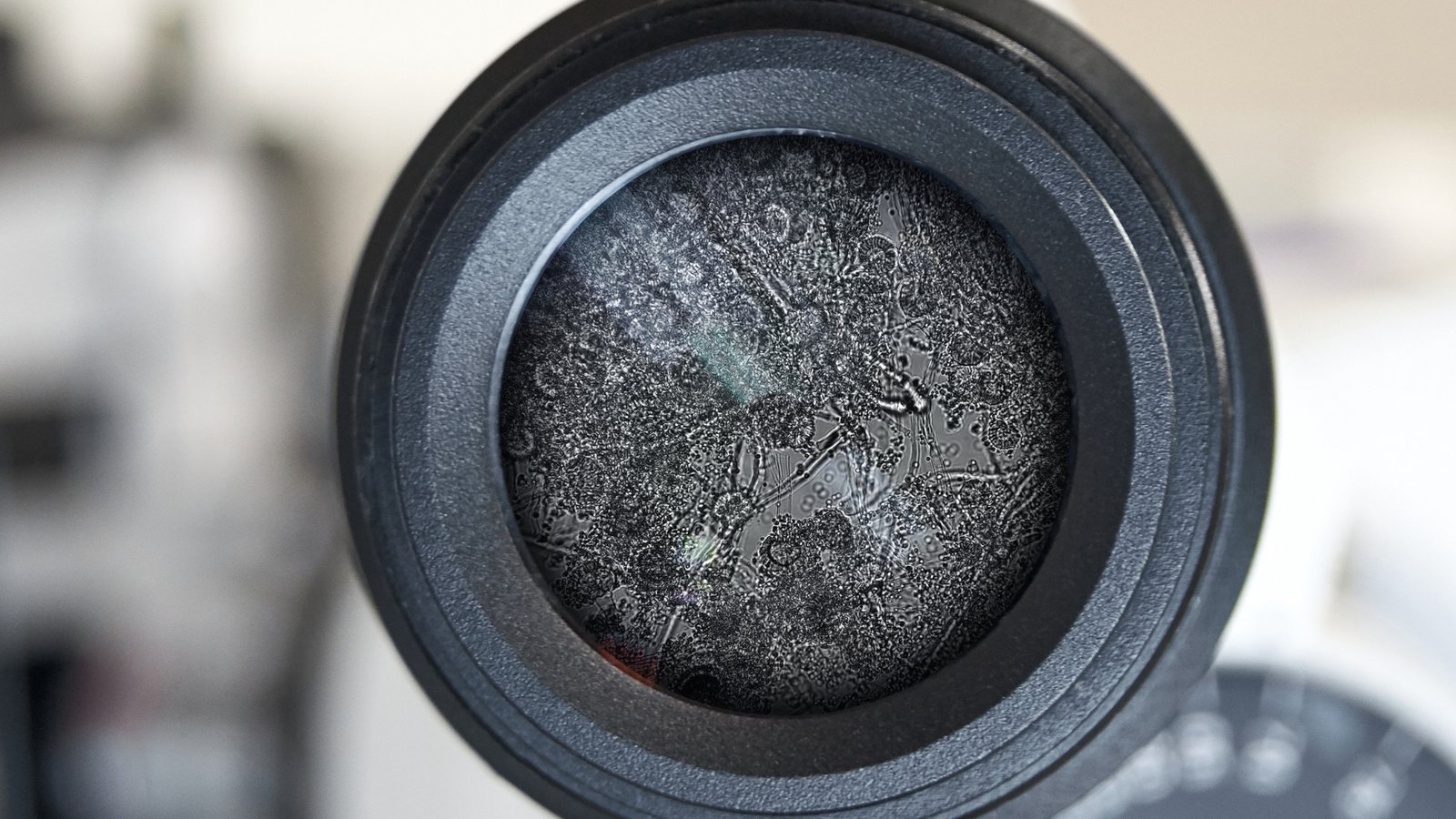
The Power of Microscopy:
A microscope stands as a vanguard in the quest for contaminant detection. By magnifying the fungal sample, one can observe the subtle differences in mycelial structures, spore shapes, and even cellular details.
Bright Field Microscopy offers a fundamental view, highlighting contrasts between fungi and potential contaminants. Yet, for a more nuanced approach, Phase Contrast Microscopy comes into play. This method accentuates minute cellular details, helping researchers differentiate between closely related species or strains.
Fluorescence Microscopy is another leap forward. When fungal samples are treated with specific fluorescent dyes, contaminants, due to their distinct biochemistry, will often glow differently under UV light, allowing for easier identification and differentiation.
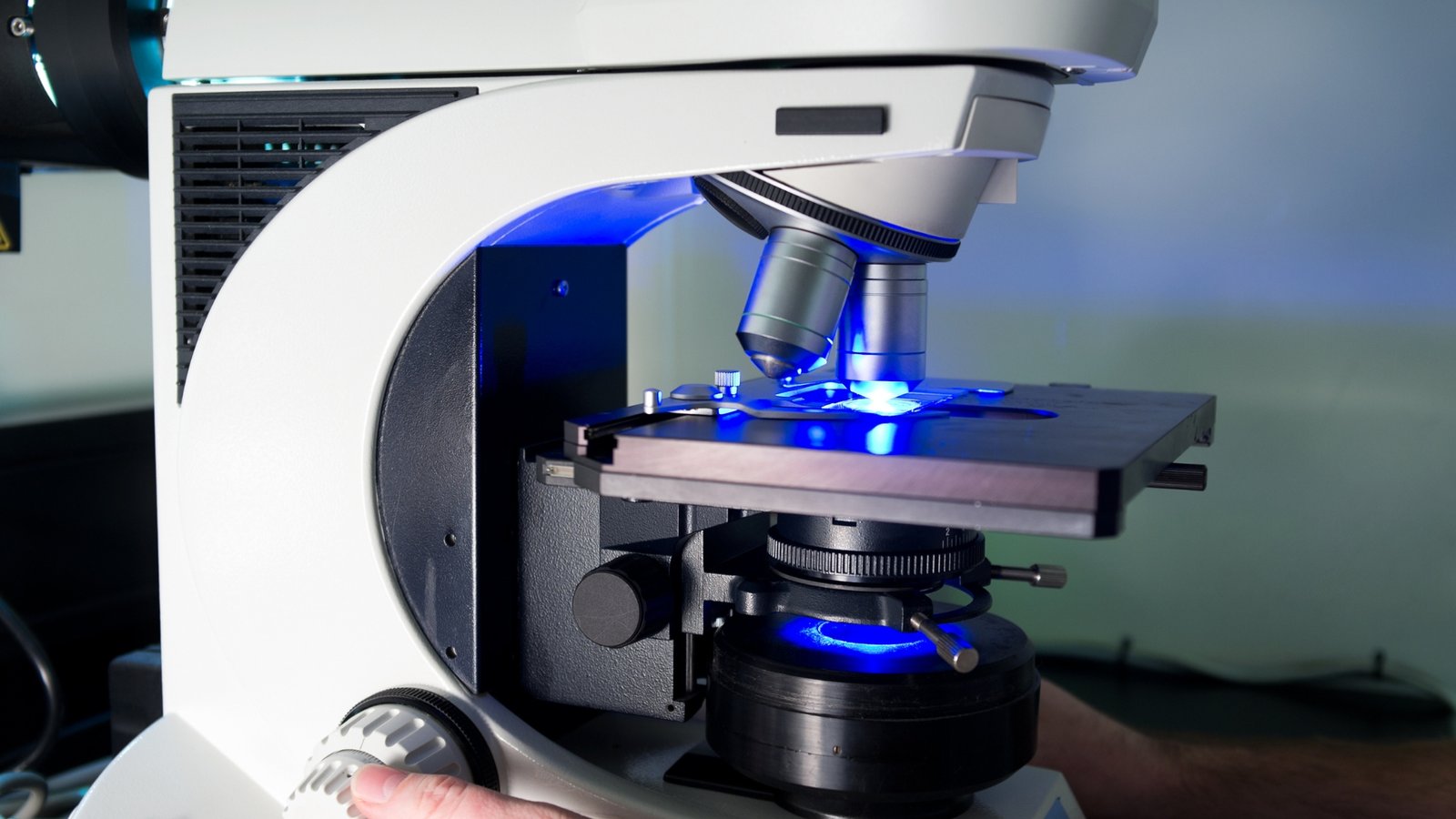
Molecular Techniques: PCR and Sequencing:
While microscopy offers a visual approach, molecular techniques dive deep into the genetic fabric of potential contaminants. The Polymerase Chain Reaction (PCR) amplifies specific DNA segments, enabling the detection of even the minutest quantities of contaminants.
For instance, detecting Aspergillus Niger (Black Mold) is crucial due to its potential pathogenic nature. By using primers specific to its DNA, PCR can swiftly identify its presence.
Beyond mere detection, sequencing techniques like Next-Generation Sequencing provide a comprehensive understanding of the contaminant’s genetic makeup. This helps in understanding their origin, evolution, and potential interactions with the target fungi.
The universe of mushrooms is expansive, each variant bearing its own unique charm and characteristics. The Marketplace on the 🍄 Mushroom Network is a testament to this diversity. It is a haven for those seeking a deeper understanding of the magical world of mushrooms. If you’re keen on learning more about this type of mushroom and other mushroom variants, this Marketplace is your ultimate resource.
No posts found!
Culturing and Biochemical Tests:
Sometimes, the best way to understand an intruder is to grow it separately. Differential Media, which changes color or appearance based on the metabolism of the organism growing on it, can highlight the presence of a contaminant like Penicillium Chrysogenum amidst a sea of other fungi.
Biochemical tests further refine this approach. By exposing contaminants to specific substrates or conditions and observing their response, one can deduce their identity. For example, a change in pH, gas production, or even a particular color development can signify the presence of specific contaminants.
Not sure where to start? The 🍄 Mushroom Academy offers a wide range of courses tailored to your needs. Whether you’re a beginner eager to learn or an experienced mycologist looking to broaden your knowledge, the 🍄 Academy has something for everyone.
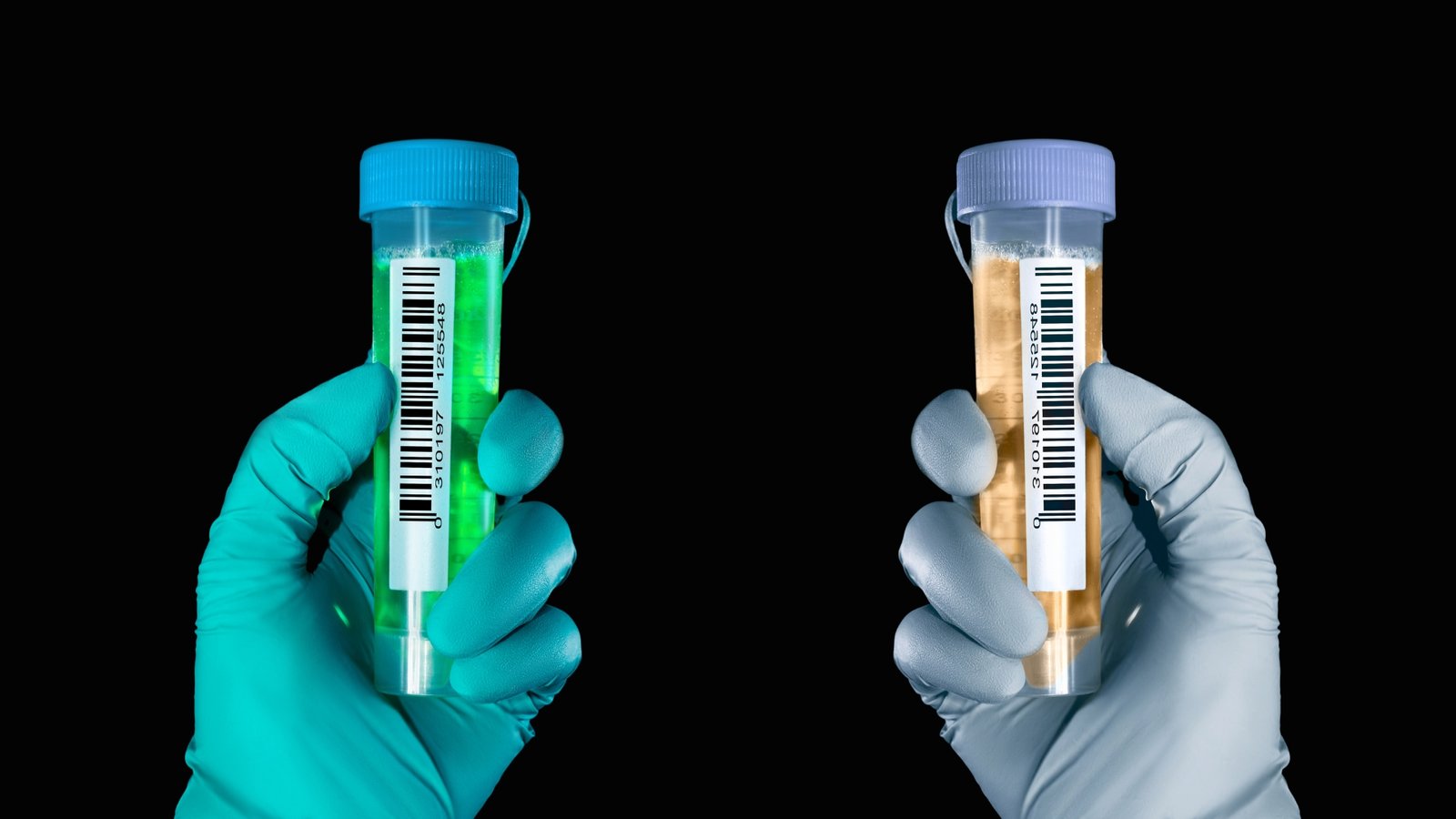
Mycelial Meditations:
The perpetual dance between fungi and contaminants is a nuanced ballet, demanding vigilance and precision. By harnessing a gamut of techniques, from the classic to the cutting-edge, researchers can now delve deeper, uncovering contaminants’ secrets and ensuring the purity and integrity of their fungal endeavors.
Don’t forget to check out the 🍄 Mushroom Network’s Marketplace to see what’s available. But hurry, our shelves are constantly evolving, and you wouldn’t want to miss out on this wonderful mushroom. Join our growing network of Patrons, Genetics, and Mycologist Vendors only on the 🍄 Mushroom Network!
Recommended Reads:
Rye TEK for Mycology: A Comprehensive Guide
Discover the magic of Rye grains, an esteemed substrate within the world of mycology. Often...
Read More...The Elusive Elegance: Unraveling the Mystery of Albino and Invisible Spores
ADMIN. ONLY PAGE NOTE 🍄 Dive into the mysterious world of Albino and Invisible Spores...
Read More...Fungal Foray: Mastering the Art of Mushroom Foraging
Mushroom foraging is an age-old practice combining the thrill of the hunt with the reward...
Read More...Breeding the Bright: Cultivating Chicken of the Woods
Embarking on a home-based mushroom cultivation journey is not only fascinating but also rewarding. Among...
Read More...Whoa there, Spore Sport! 🍄 Looks like you’re not logged in yet. Don’t you know what you’re missing? MYCO-CREDITS! Imagine all the fungal fun you could have. It’s like finding a Morel in May and not picking it. Tragic, right? Log In or Become a Myco-Patron and start racking up those credits. It’s more rewarding than finding a mushroom in your backyard! 🌟🏡
